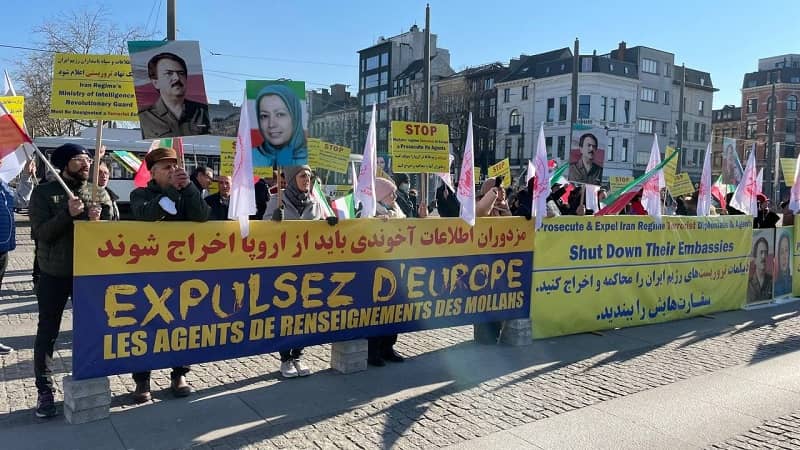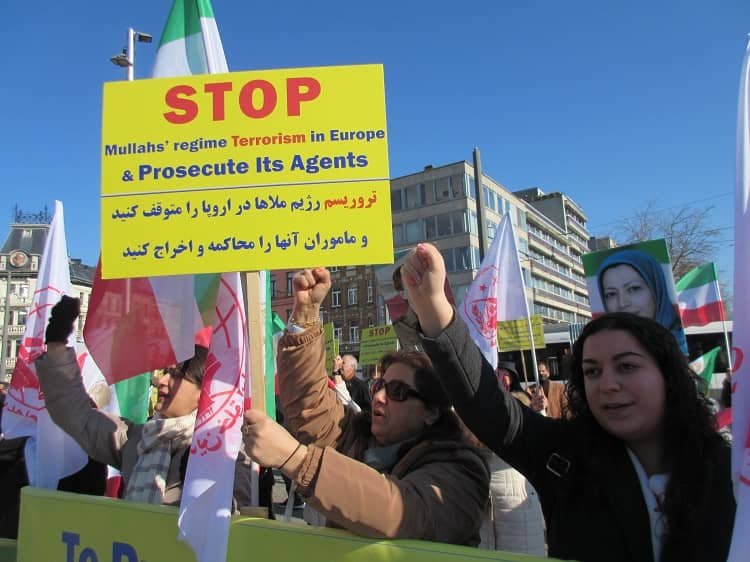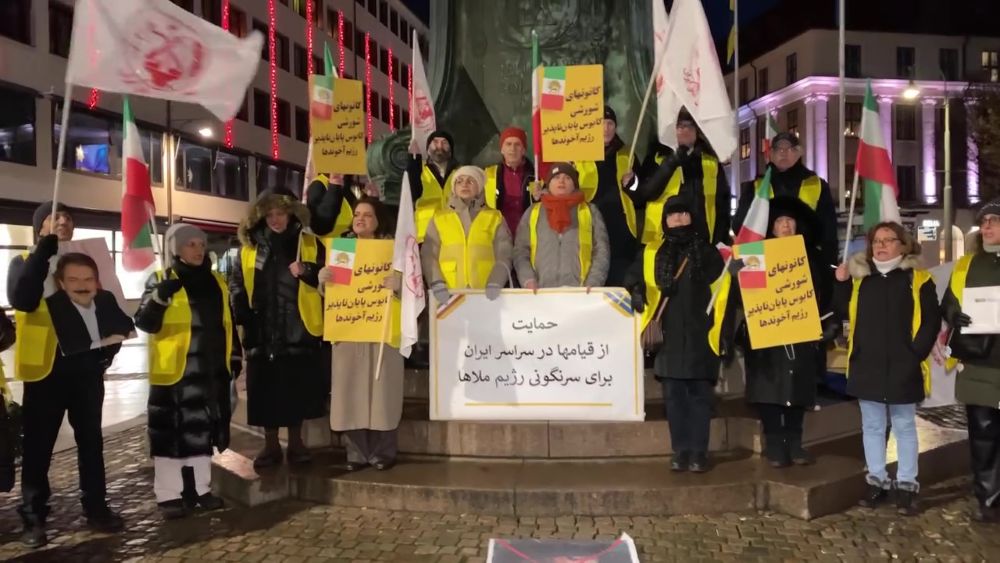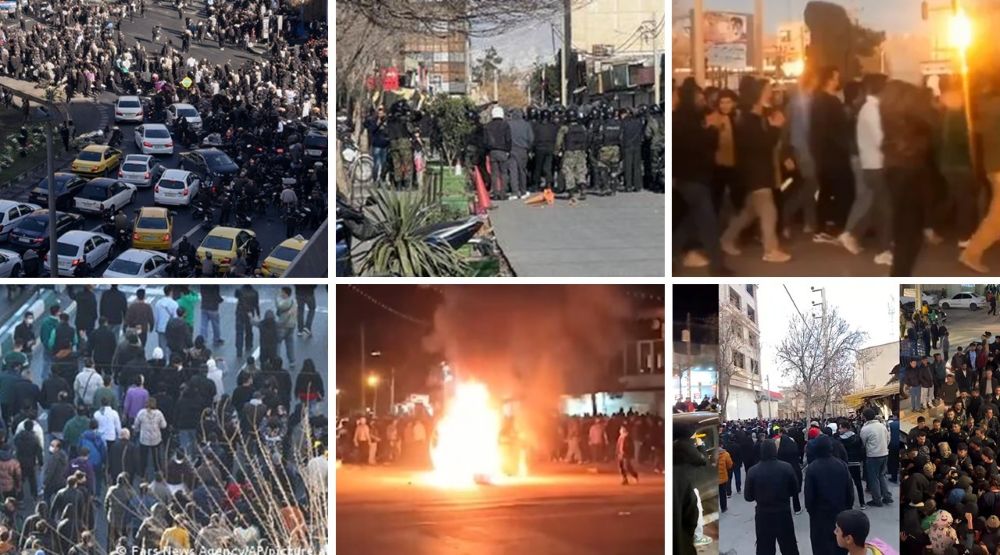
The Court of Appeal in Antwerp, Belgium reconvened on March 4 in order to re-evaluate further dimensions of the Iranian regime’s terror plot in France in 2018. The plot ultimately failed, and the suspects, an Iranian diplomat based in Vienna, and his three accomplices, were swiftly apprehended by European authorities and sentenced to lengthy prison sentences.
Hearings were held on December 9, 2021, in order to examine reports that had been submitted by explosives experts, which looked into the technical aspects of the bomb that was due to be detonated at the Iranian Resistance’s Free Iran Summit in Villepinte, France in the summer of 2018.
The bomb had been made by the regime’s Ministry of Intelligence and Security (MOIS) and was transported to Europe by Vienna-based Iranian diplomat, Assadollah Assadi, who then handed over the device to his operatives in Luxembourg.
The National Council of Resistance of Iran (NCRI) said, “The experts confirmed that the material and building technique of the bomb was done professionally to inflict maximum casualties upon detonation. The bomb would set off a strong explosive wave, turning every hard object in its surroundings into deadly shrapnel and maximizing the death toll.”
A Belgian expert testified, stating that the blast radius of the bomb was around 53 meters, which could have easily caused additional damage to an area of around nine thousand square meters.
Assadi’s accomplices were identified as Nasimeh Na’ami, Amir Saadouni, and Mehrdad Arefani who, upon hearing expert statements, tried desperately to downplay just how deadly the bomb could have been. The latest court session on Friday was called to further examine the objections the three men had previously made during an appeal session.
The mastermind behind the plot, Assadi, chose not to partake in the appeals process and is currently imprisoned in Belgian carrying out his 20-year sentence.

In attendance at this latest court hearing were Georges-Henri Beauthier and Rik Vanreusel, lawyers of the Iranian Resistance, along with representatives from the NCRI. At the same time, supporters of the NCRI gathered outside of the court building to protest against the Iranian regime’s reign of terror, calling on European governments to investigate embassies that have been at the center of the regime’s terrorism, and close them down.
The NCRI said, “At the hearing, the prosecutor again defended his indictment, explaining that the bomb had been planted both to intimidate and kill. He stressed that regardless of the actual weight of the explosive, it would have killed many people like chaos, stampede and subsequent injuries from such a blast would have increased the death toll.”
Rik Vanreusel, one of the lawyers representing the NCRI and the plaintiffs, identified that the plot constitutes as a ‘case of international terrorism’, and that the perpetrators were secret agents working on behalf of the regime.
He said, “These people who claim of being unaware are like Russian soldiers who pose innocently when they are seized in Ukraine. They argue they did not know they had come to kill.”
His fellow lawyer, Georges-Henri Beauthier stated, “Had the operation been successful, it would have been the deadliest terror attack in Europe in terms of the number of casualties.”
Discussing the comments made by one of the perpetrators, Mehrdad Arefani, during the hearing, the NCRI said, “The Iranian agent, who had posed as an atheist poet and a supporter of the Iranian Resistance to infiltrate and manage the terror attack, denied all connections with Assadi and the MOIS. He claimed in court that he was not ‘Assadi’s eyes and ears’. But some of his text messages to Assadi, have been recorded and filed in court, undermining his denial.”
The Antwerp Court of Appeals is due to issue its latest verdict on April 20.



